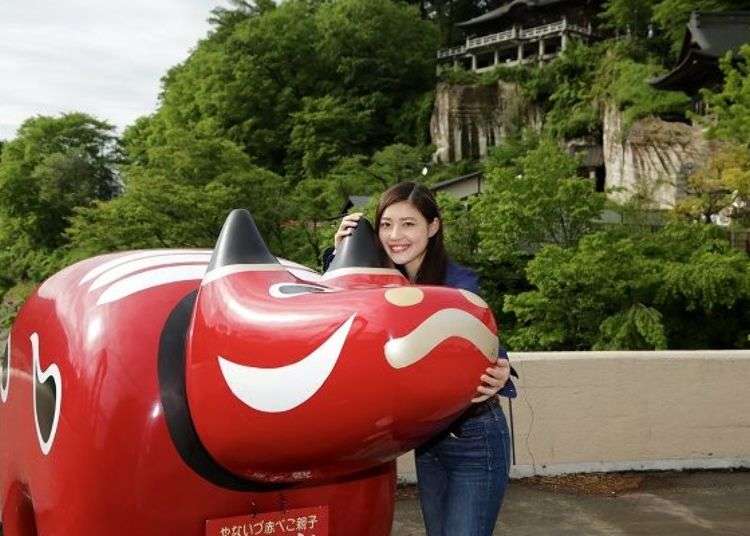
With its adorable red round body, Akabeko dolls are a red bull-shaped papier mâché figure. “Beko” is the word for “bull” or “cow” in a Tohoku dialect, and the Akabeko is closely associated with traditional folk crafts from the Aizu region of Fukushima prefecture.
In Yanaizu-cho, where the Akabeko was born, you can see the adorable figure of the Akabeko all throughout the town. It’s no wonder that Yanaizu-cho pops up regularly under “#癒しキャラ” on Instagram, a tag for posting cute characters.
Yanaizu-cho: Visiting the hometown of Akabeko dolls
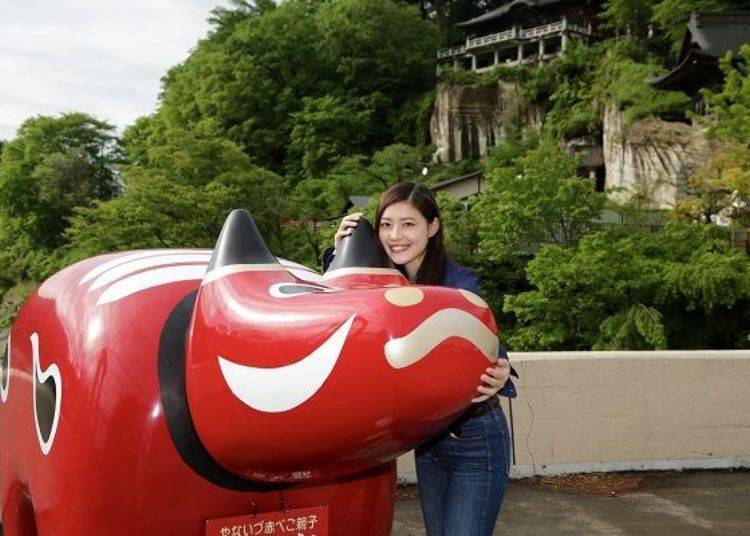
To get to Yanaizu-cho, take the Tohoku shinkansen for 1 hour and 20 minutes to JR Kōriyama Station, where you change to a west-bound train for 40 minutes. Yanaizu-cho is right in the heart in the large Aizu region in the west of Fukushima prefecture.
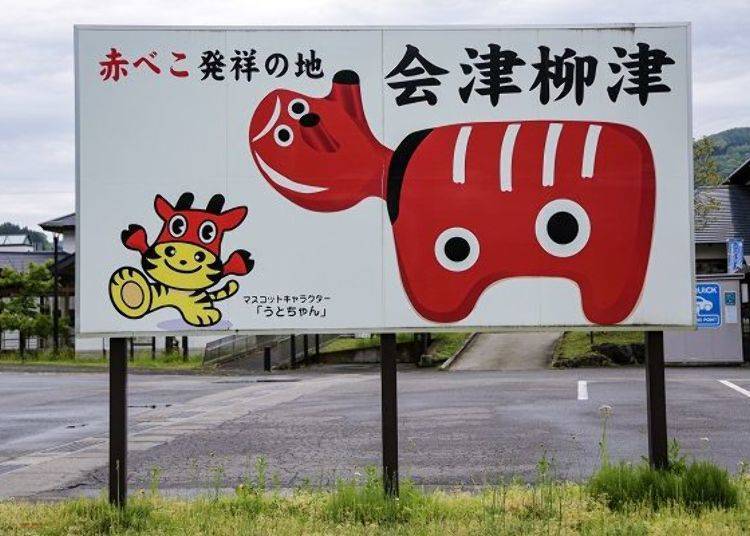
On the day we visited, it was cloudy with a chance of rain. The Tadami River, which flows through the town, had swelled up to higher levels than usual, and the mountains in the distance were obscured by curtains of rain.
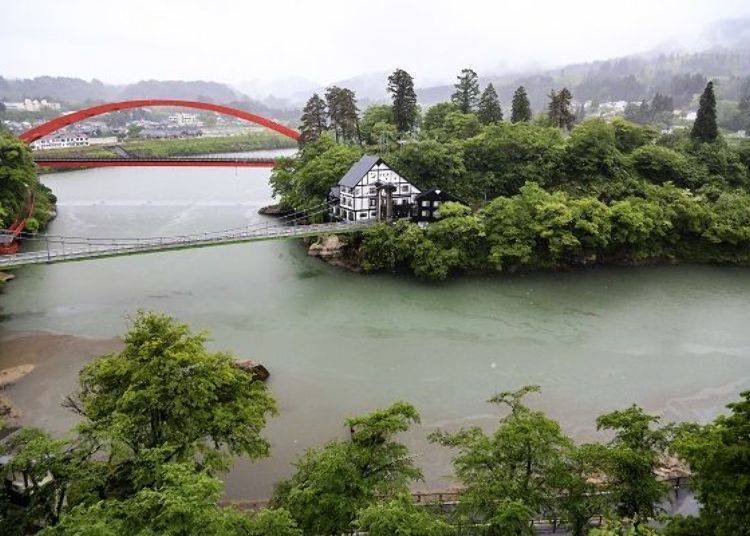
The symbol of the town is Enzoji Temple. Together with Ibaraki prefecture’s Muramatsusan Hidaka-dera Temple’s Daiman Kokūzō Bosatsu, and Chiba Prefecture’s Senkōzan Seichōji temple’s Nōman Kokūzō Bosatsu, Enzoji Temple’s Fukumann Kokūzō Bosatsu make up the three space Bodhisattvas of Japan. Enzoji Temple is also the mythical birthplace of the Akabeko.
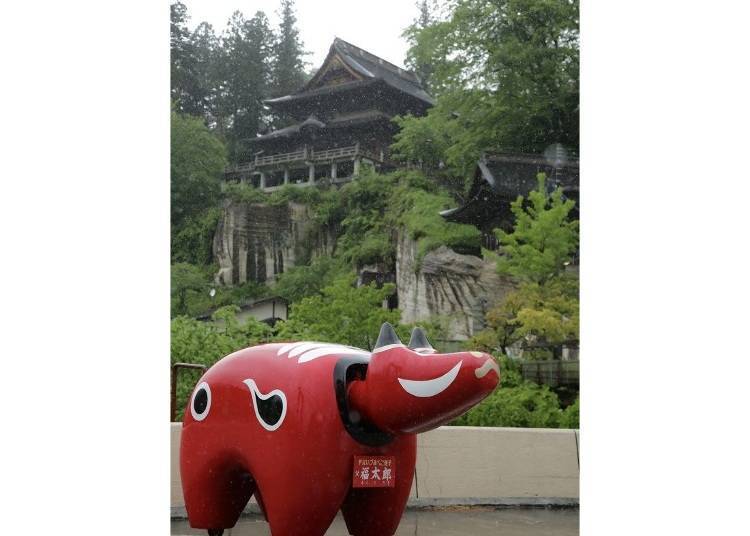
The legend goes back over 1200 years ago. Enzoji Temple was built by the high monk Tokuitsu, from the Nara period to the Heian period.
However, the 1611 Keicho Sanriku earthquake caused the temple to collapse. Since then, the temple has been rebuilt six times, and the current structure standing is the seventh one built.
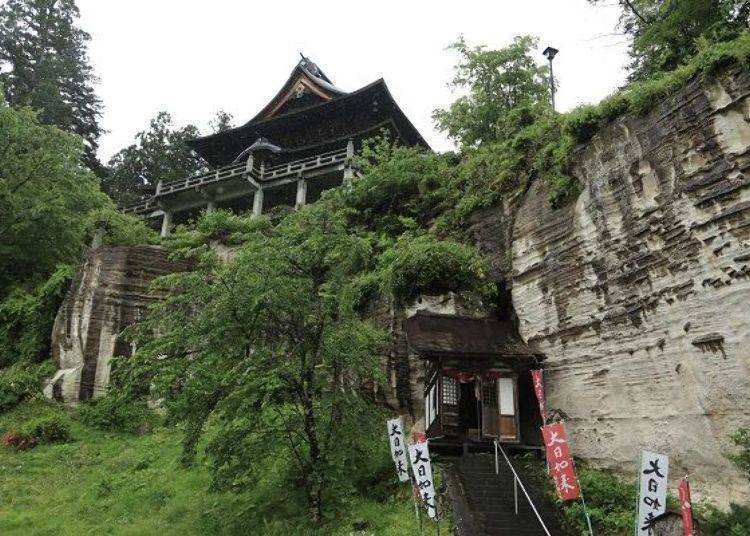
However, the temple is built on a cliff. In order to transport wooden building materials sent down the Tadami River up the cliff, a lot of human labor is needed.
And it is here, that the red-haired bulls appeared. These red bulls helped to transport the building materials to complete the stunning temple hall, and this is how the legend of the Akabeko began.
Besides this, a statue of a sitting bull, a “Nadeushi”, was also erected at the site where the red bulls offered their help, and is a sacred ground that continues to be protected by the people of Aizu to this day.
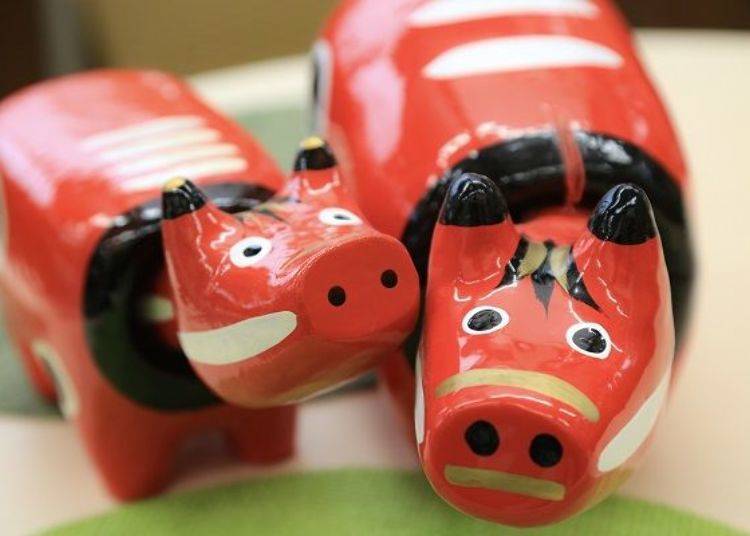
The chairman of the Volunteer Sightseeing Association, Takeda Mikio, says, “In the birthplace of the Akabeko, Yanaizu-cho, you can see the Akabeko all throughout the town.” Mr. Takeda took us on a tour of the town to find the Akabeko!
-
Enzoji Temple円蔵寺
- Address Jikemachiko-176 Yanaizu, Kawanuma District, Fukushima 969-7201
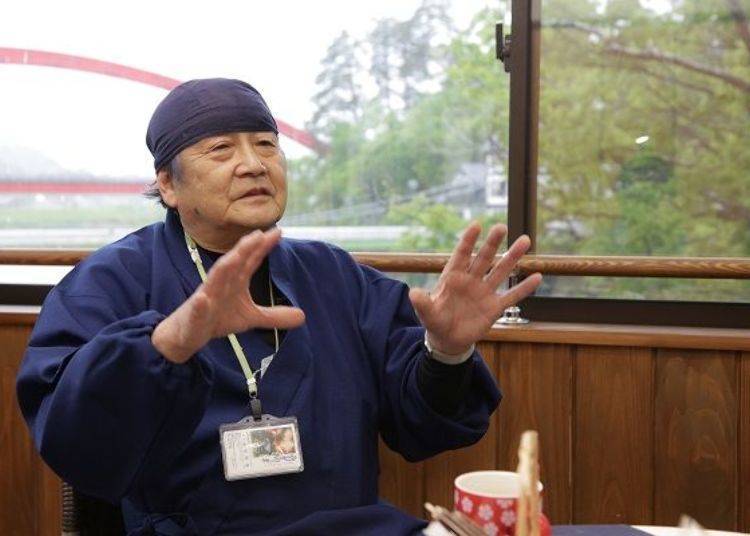
Throughout the town, there is a special monument featuring a family of Akabeko: the father, Fukutarō, the mother, Mitsuko, and the two children, Mou-kun and Ai-chan.
We took a photo with the Akabeko doll with its home as the backdrop and moved on to Kiyohime Park, where you can get lovely views of Enzōji Temple.
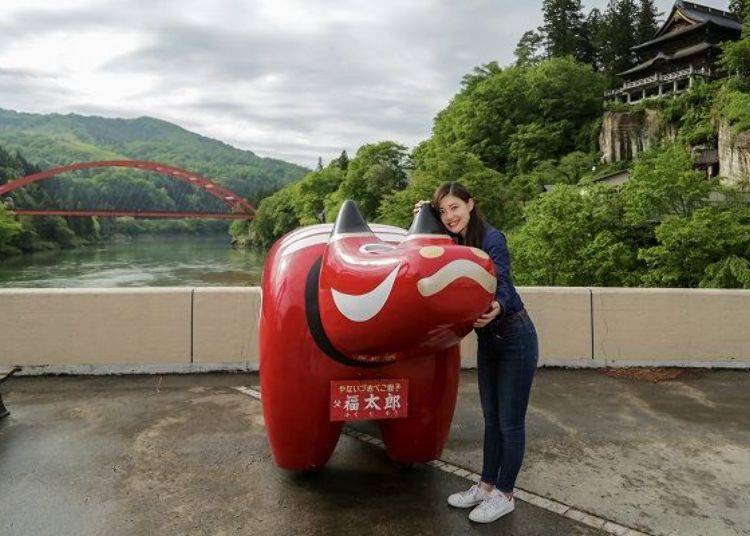
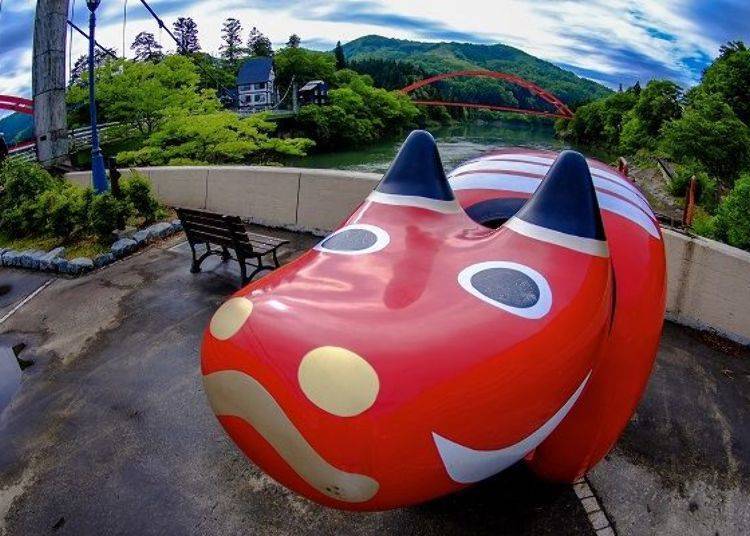
Besides the actual Akabeko statues, there are many other objects featuring the image of the Akabeko scattered everywhere.
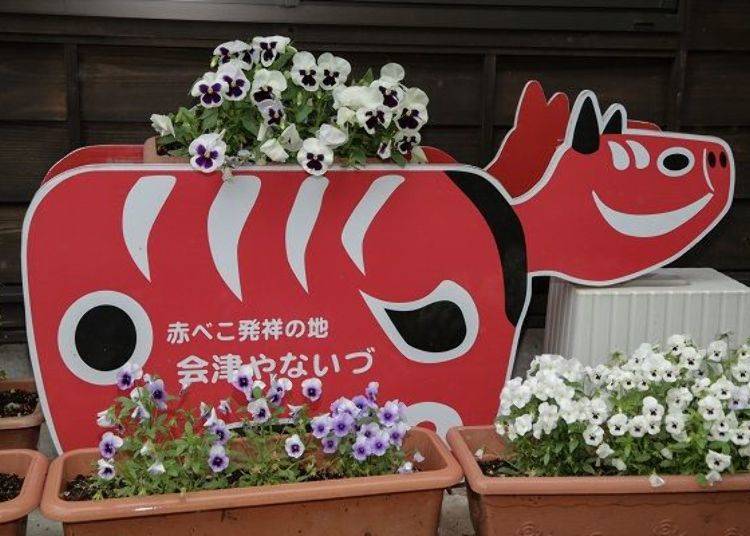
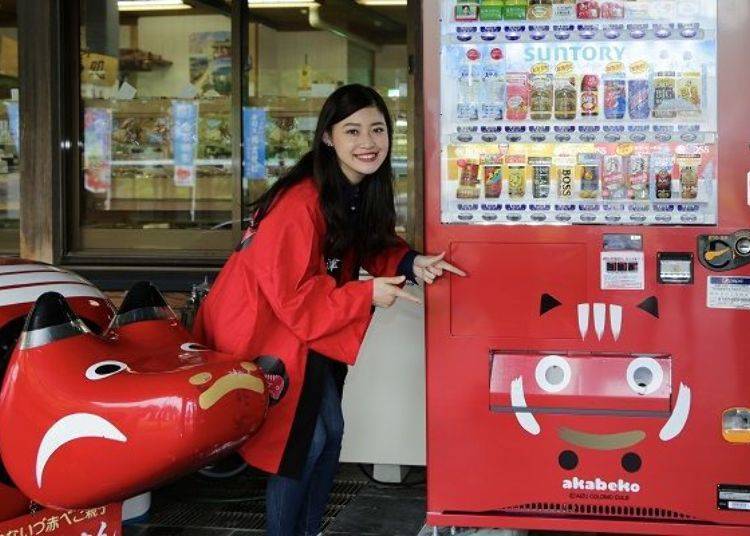
Mr. Takeda says, “You can find items and objects with motifs of the Akabeko everywhere, and it makes for an enjoyable way to take a walk through the town. Besides the Akabeko, the town has many spots with red as its main color scheme, such as the bridge.”
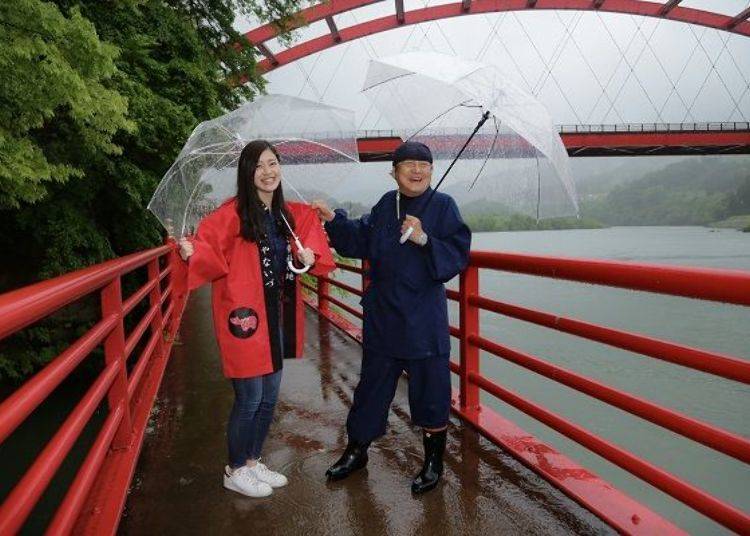
We parted with Mr. Takeda at Kiyohime Park, after he introduced us to the spots where you can find the four members of the Akabeko family. The still atmosphere of the temple town and nostalgic streets, along with the adorable Akabeko dolls everywhere, make for a calming and refreshing time.
Anyway, though we had a special tour this time, the Volunteer Sightseeing Association normally offers three walking tours: the Yanaizu Walking Tour, the Historical Walking Tour, and the Gourmet Walking Tour, each of which takes 55 minutes. In this small and quaint town, you can take a stroll or walking tour with ease.
-
Yanaizu Volunteer Guide柳津観光ボランティアガイド
- Address Yanaizu Tourism Association, 176-3, Jikemachikō, Yanaizu, Yanaizu-cho, Kawanumagun, Fukushima-ken
- Phone Number 0241-42-2346
Hours: 8:30 a.m. to 5:00 p.m.
Cost: 1000 yen (with tax) for each tour guide
For two guides and above, registration must be made at least 10 days in advance
Open year round
Let’s try painting an Akabeko figure!
When we asked Mr Takeda for recommendations for places which offer craft or cultural experiences, we headed to “Ikoi-no-Kan Hotto in Yanaizu” on his recommendation.
Here, there are sales of local goods and specialties, as well as a food court. There are also free foot spas available, with both open air and sheltered concepts, making it this place a hot favorite amongst tourists.
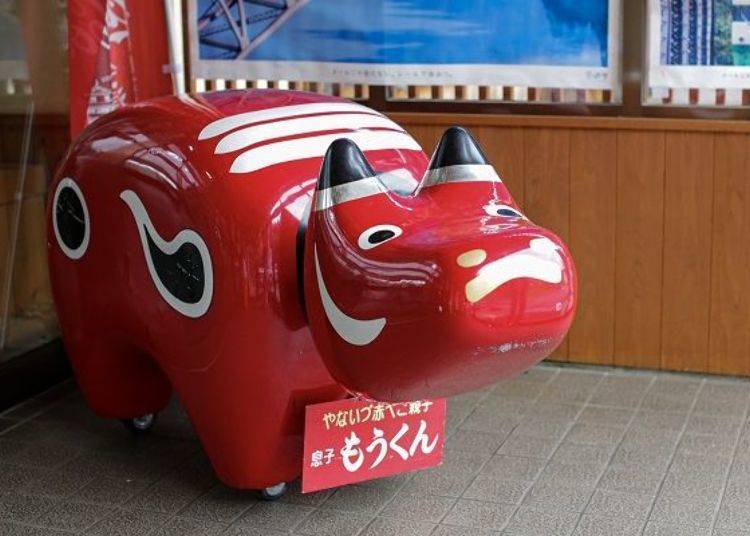
Besides the Akabeko doll painting experience, there are other workshops as well, such as making Yanaizu Awa-manju buns, made of rice flour and millet, and a pizza-making workshop. As a keepsake of the fond memories from this trip, we challenged ourselves to create our own Akabeko figure.
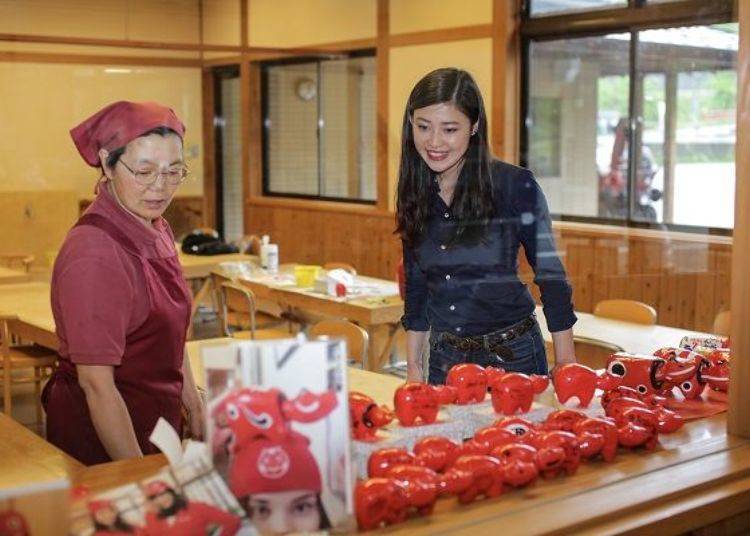
There is a workshop space in the building dedicated to painting the figures, which costs 800 yen (with tax) per figure. You’ll be provided with a plain, red Akabeko figure, as well as white, black, and yellow acrylic paints.
With a sizeable Akabeko doll as an example of the finished project by our side, we are also accompanied by the staff Shirai Fumiko, who tells us to draw as we like. “Oh? You’ve already started drawing?” she chuckles. With some slight unease with regards to our artistic abilities, let us start painting!
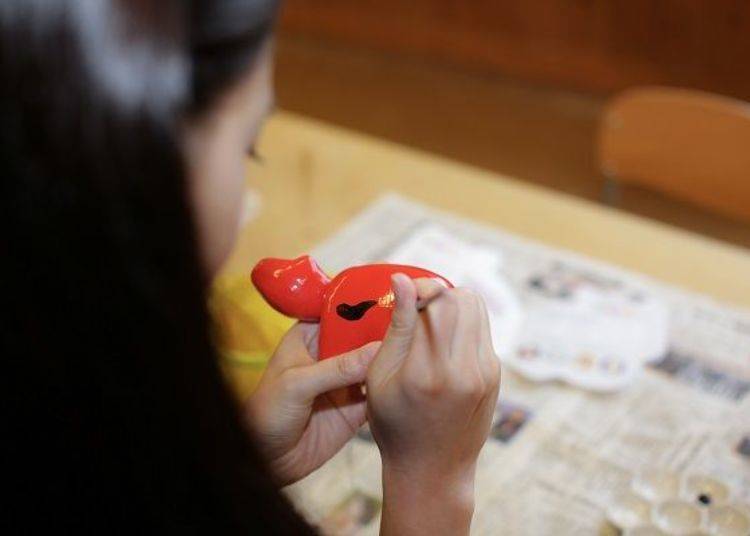
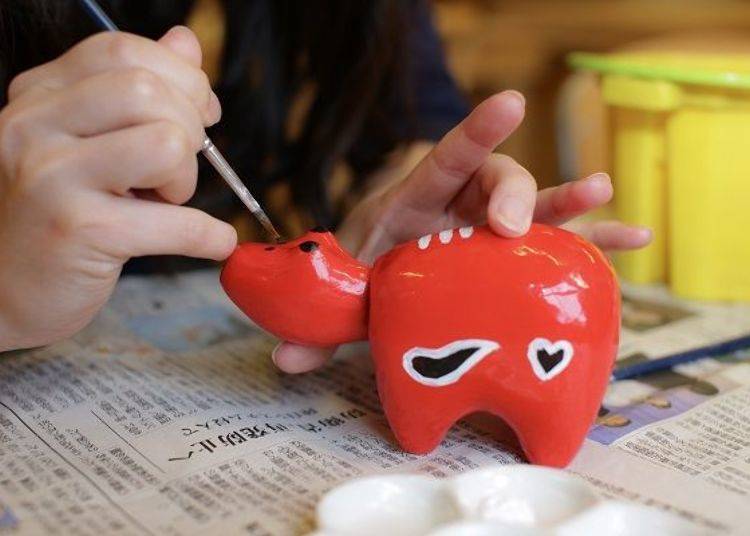
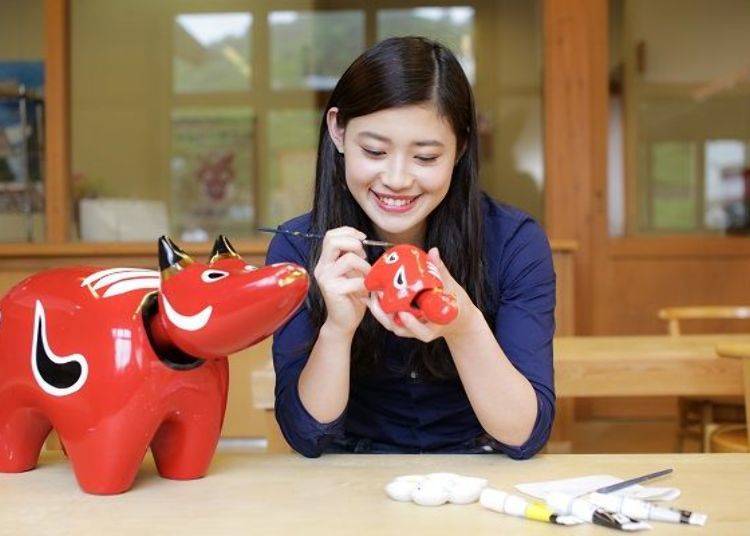
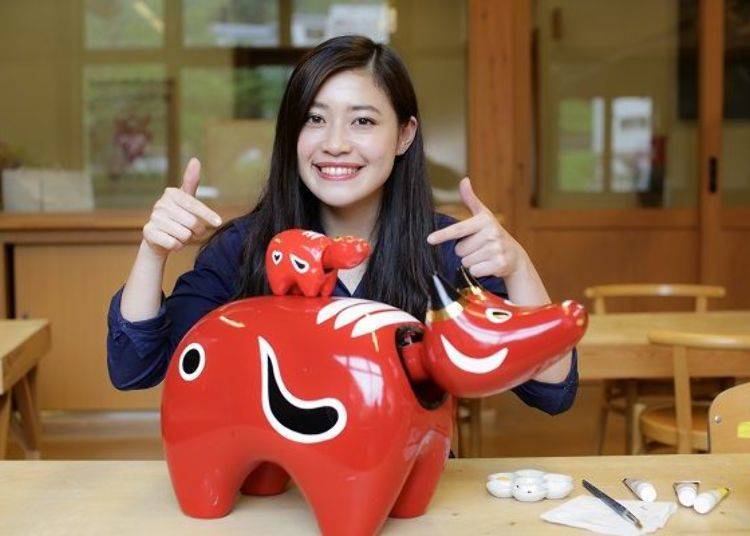
The Akabeko doll was complete in around 30 minutes. Even if you took your time, it would take at most an hour to complete. As the Akabeko has a simple shape and design, drawing the figure is a fun activity that both adults and children can enjoy.
The Akabeko will be given its own carrying case for you to bring home in, and while waiting for the paint to dry, you can browse the area. At the souvenir corner, sweets, trinkets, and other souvenirs are all decorated with the happy face of the Akabeko.
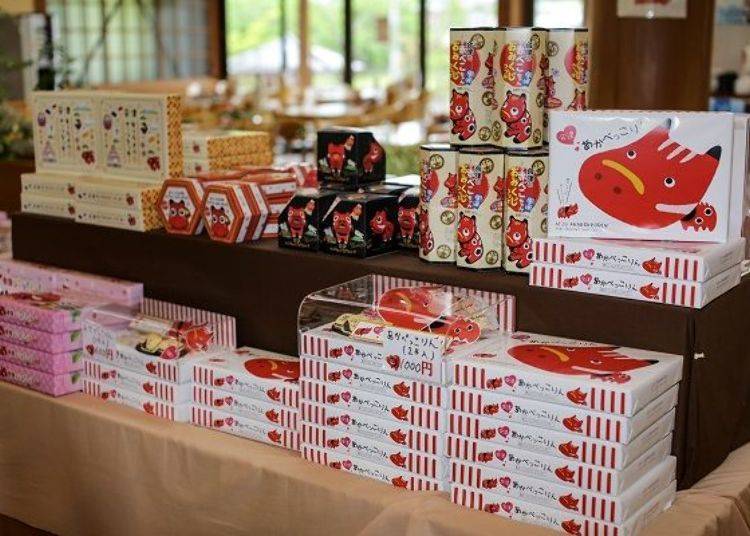
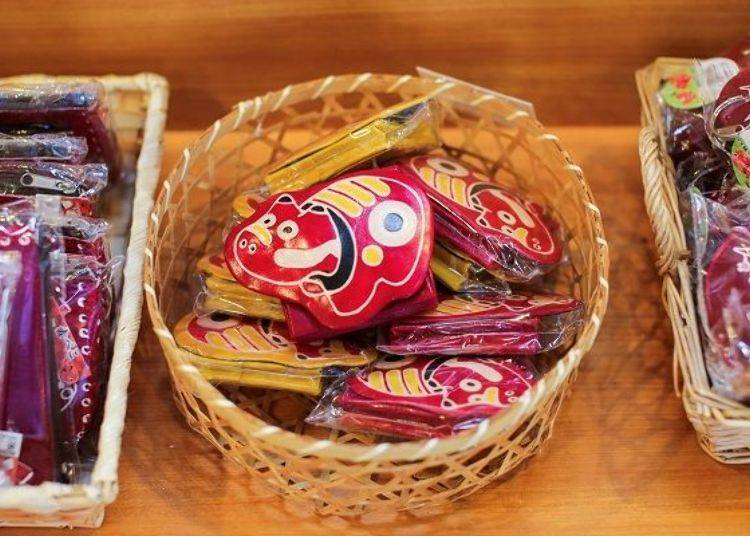
Besides souvenirs, the food court also serves food with the motif of the adorable Akabeko.
This is the Akabeko curry, a mildly spicy curry accompanied by an island of ketchup and bacon rice in the shape of an Akabeko. Its charming eyes are made from a thinly sliced piece of pickled leek and seaweed. With such an adorable look, you can’t help but smile when you see it.
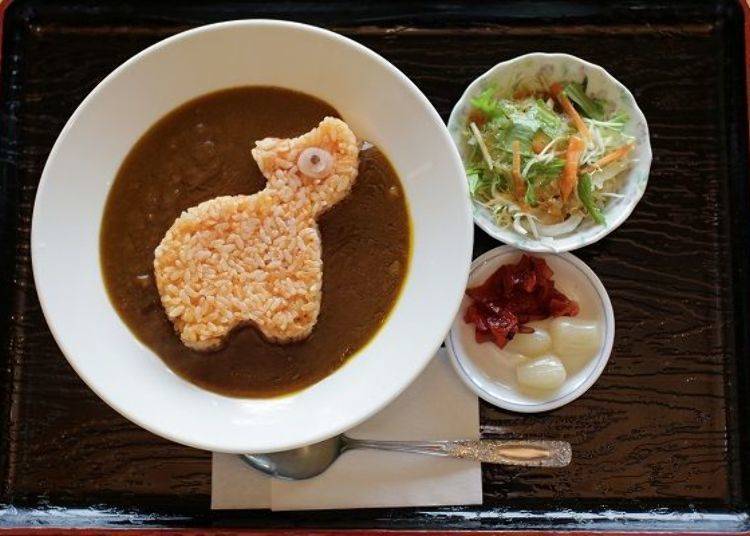
One part of the enjoyment of this trip is in the unique workshops and experiences, and delicious local delicacies. In Ikoi-no-Kan Hotto in Yanaizu, you can enjoy both!
-
Ikoi-no-Kan Hotto in Yanaizu憩いの館 ほっとinやないづ
- Address 151-1, Shimohira Otsu, Yanaizu, Yanaizu-cho, Kawanumagun, Fukushima-ken
- Phone Number 0241-41-1077
Hours: 11:00 a.m. to 2:00 p.m. (Until 3:00 p.m. on Saturdays, Sundays, and public holidays)
Shops open from 9:00 a.m. to 6:00 p.m. (until 5:00 p.m. from December to March)
Foot spa opens from 9:00 a.m. to 4:00 p.m. (year-round)
Closed on the second and fourth Thursday of each month
Akabeko figure drawing workshop
Cost: 800 yen (with tax)
Bakery Akabeko: An irresistible bakery in the area
Next, we took a stroll throughout the town. About 100 meters away from the Jiōmon-gate of Enzōji Temple, you’ll find a bakery with a bright red signboard.
Once you enter “Bakery Akabeko,” you’ll find bread and other baked goods seared with the symbol of an Akabeko, all lining the shelves.
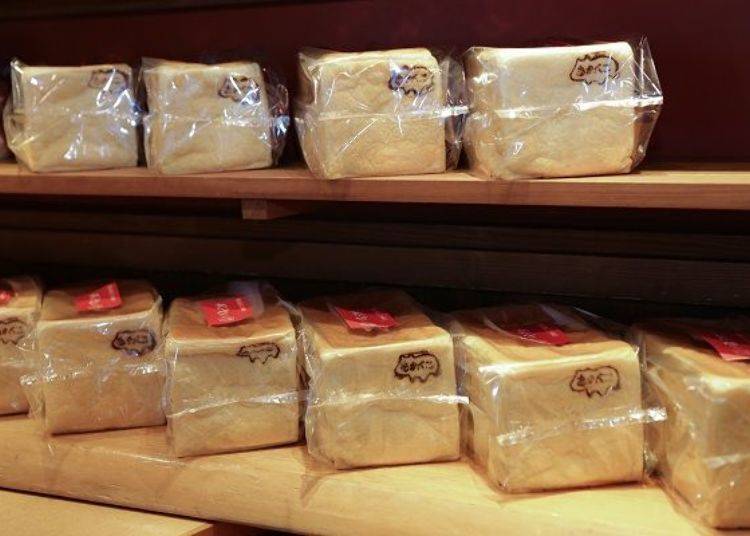
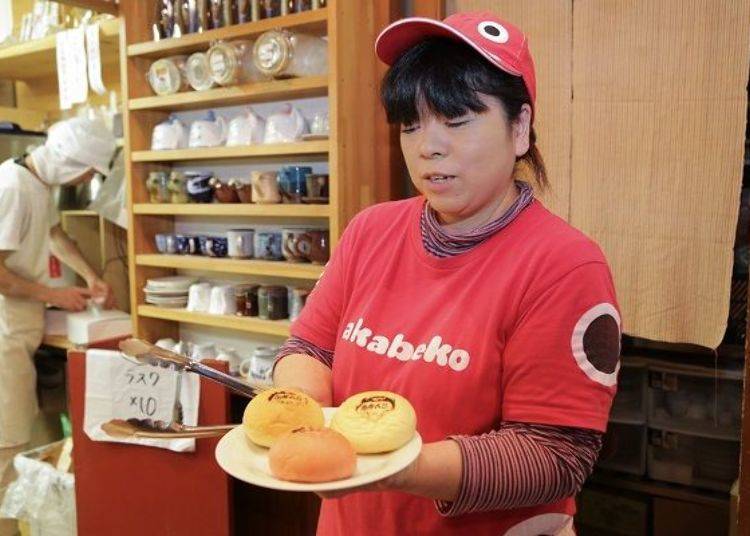
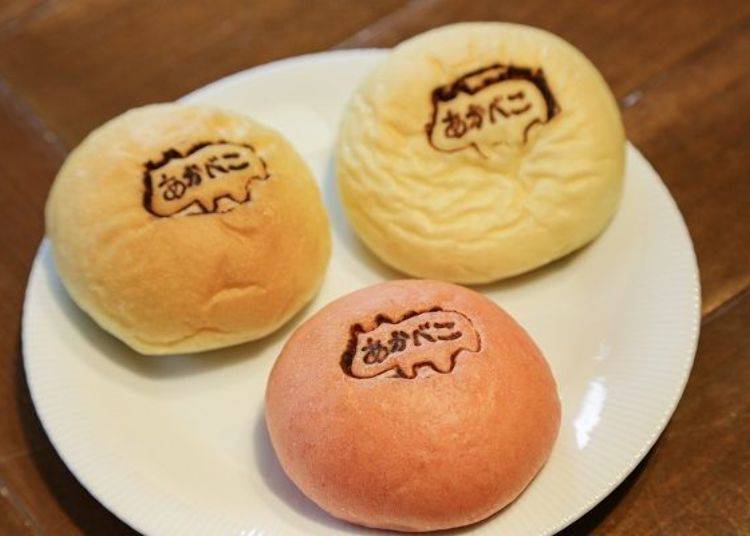
The light red-colored buns get their color from red malt flour. In the center is homemade milk cream and cheese. The white buns, on the other hand, have either cream (picture left) or chocolate cream (photo right) centers. The soft buns and gentle sweetness of the cream makes for an unrivaled combination!
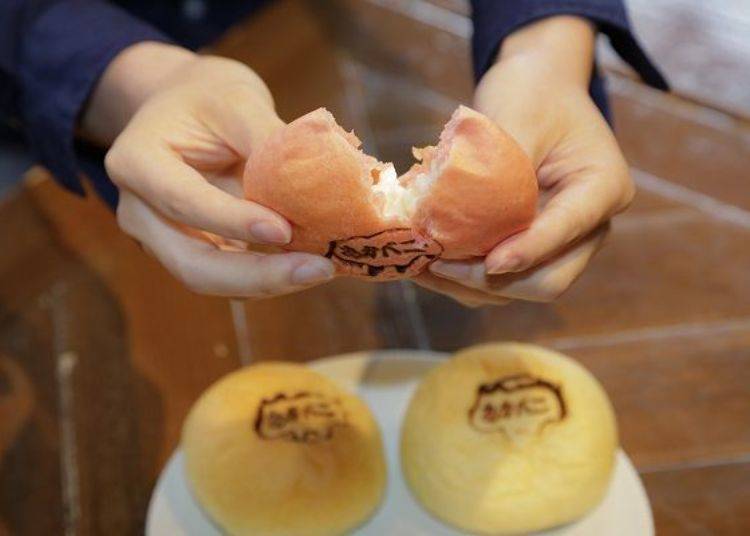
Besides bread, the shop sells sweets and desserts too.
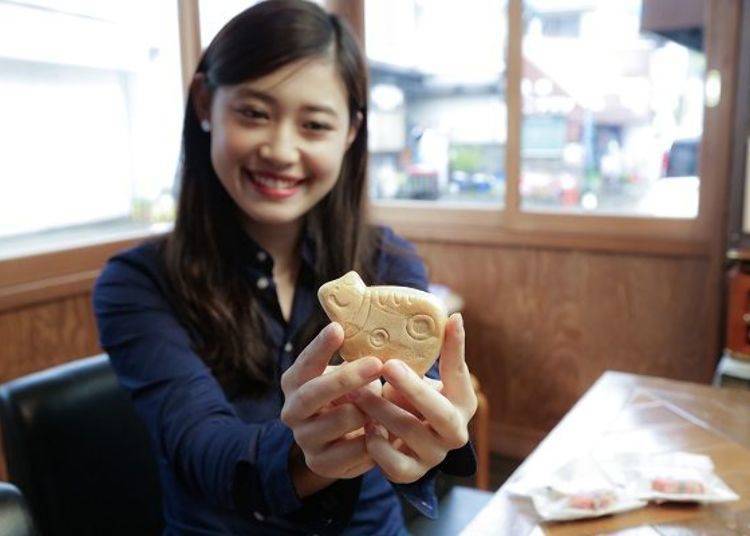
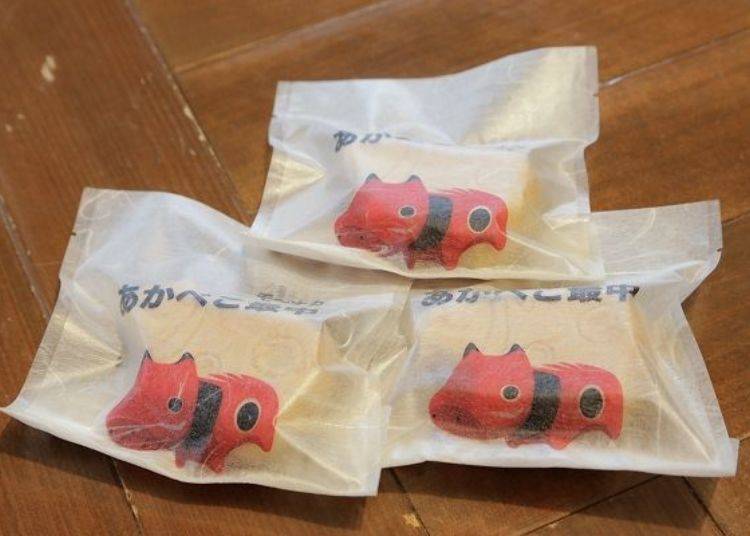
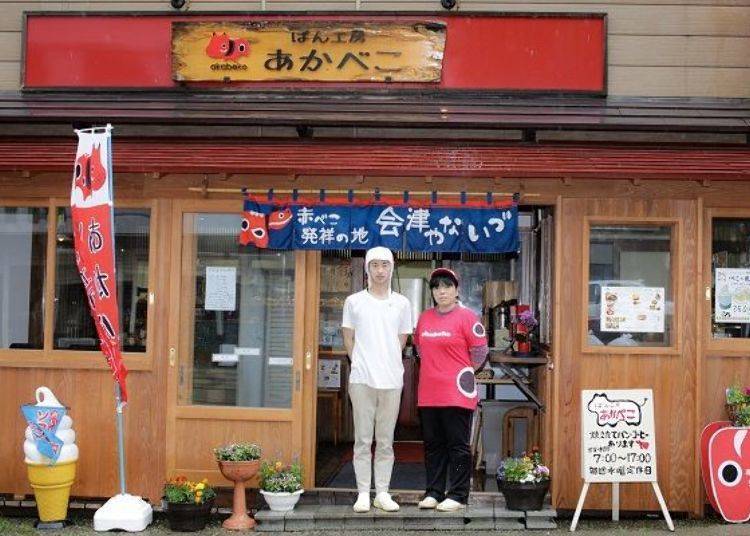
There is an open terrace café space as well, where you can order a cup of coffee to enjoy. It’s a good place to take a break and have some bread after you’ve tired yourself out from your walk.
-
Bakery Akabekoぱん工房 あかべこ
- Address 167 Jikemachikō, Yanaizu, Yanaizu-cho, Kawanumagun, Fukushima-ken
- Phone Number 0241-42-7111
Opening hours: 7:00 a.m. to 4:00 p.m.
Closed on Wednesdays
Aizu Yanaizu Akabeko Matsuri: A local festival where you can see the legend of the Akabeko come to life
Every year in one of the Saturdays in the first half of October, Yanagi-cho holds the “Aizu Yanaizu Akabeko Matsuri.”
In the festival, groups of five people hold a tug of war contest with a round log, in the “Akabeko Maruta Hiki Senshūken.” For those interested in the festival, it will be a great experience to visit Yanaizu-cho on the day of the festival.
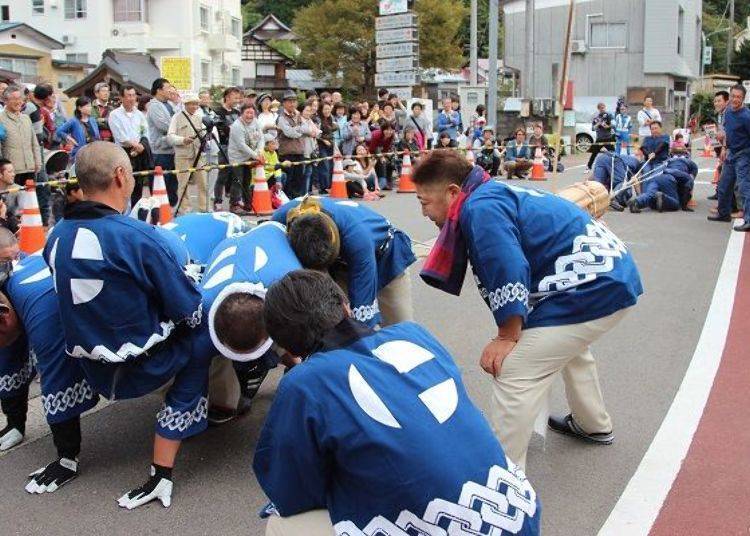
Aizu Yanaizu Akabeko Matsuri
Jikemachi, Yanaizu-cho, Kawanumagun, Fukushima-ken
Festival date: Saturday in the first half of October every year
0241-42-2114 (Yanaizu-cho Area Promotion Division, Tourism and Commerce Group)
From seeing and eating to hands-on experiences, this town, the birthplace of the Akabeko’s legend, is where you can feel such charm. With a hot spring nearby, you can enjoy a soak after you’ve finished strolling through the town. The Akabeko of Yanaizu-cho are waiting for you!
Photo: Tomomi Sato
- Area
- Category
*Prices and options mentioned are subject to change.
*Unless stated otherwise, all prices include tax.
Limited time offer: 10% discount coupons available now!
Recommended places for you
-

Lake Tazawa
Rivers, Lakes & Canyons
Surrounding Areas Of Akita
-
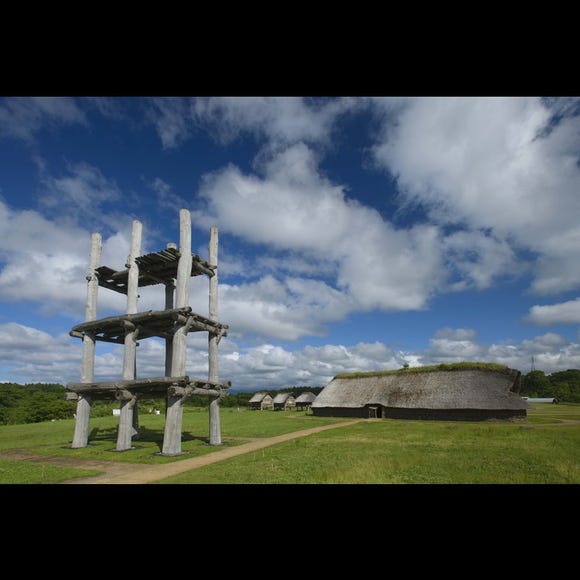
Sannai-Maruyama Site
Village Ruins
Aomori, Hirosaki And Hachinohe
-
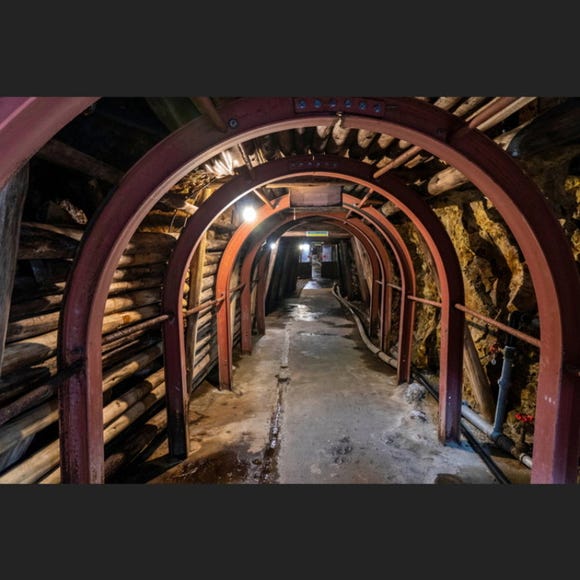
Sado Gold Mine
Winter
Niigata And Sado
-
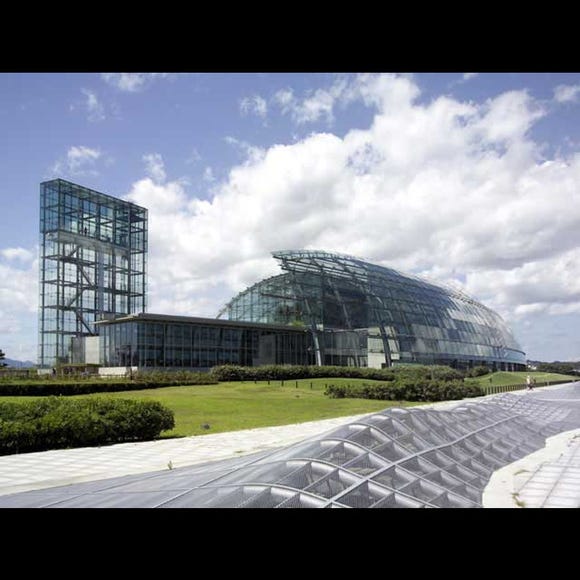
Aquamarine Fukushima
Zoos, Aquariums & Botanical Gardens
Fukushima, Koriyama And Iwaki
-
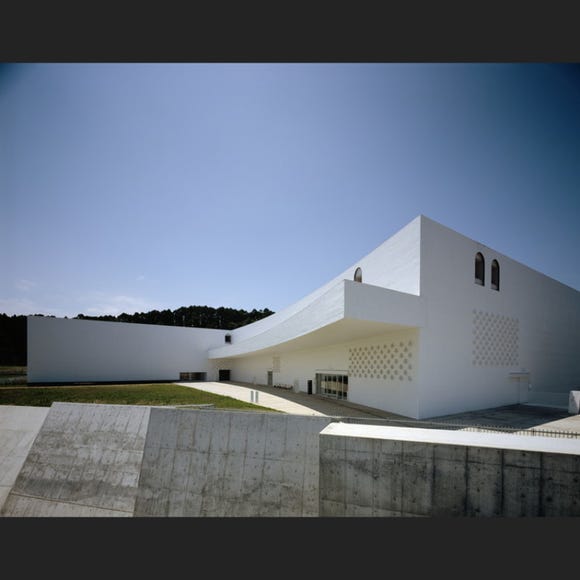
Aomori Museum of Art
Art Museums
Aomori, Hirosaki And Hachinohe
-
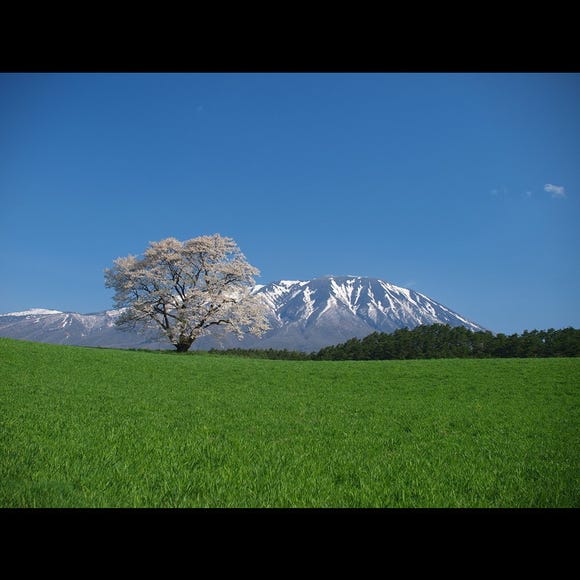
Koiwai Farm
Other Nature
Morioka, Hiraizumi And Hachimantai
-
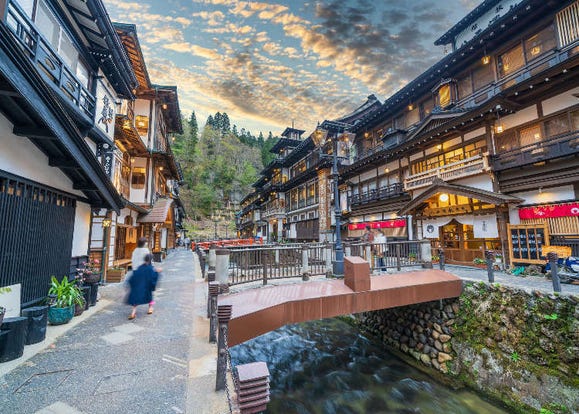
Dreamy Japan: 5 Scenic Onsen Towns in Yamagata Prefecture
-
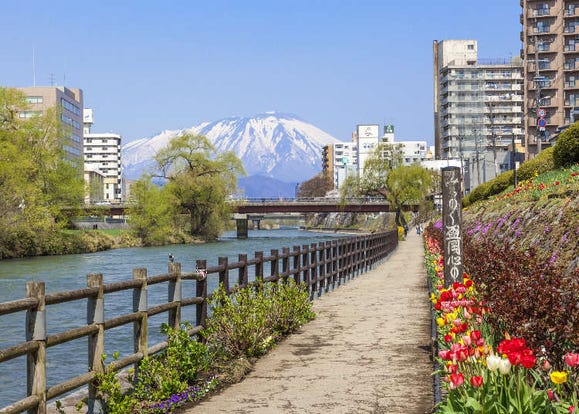
19 Best Things to Do in Morioka: See, Eat, and Shop Your Way Through Iwate's Capital City
-
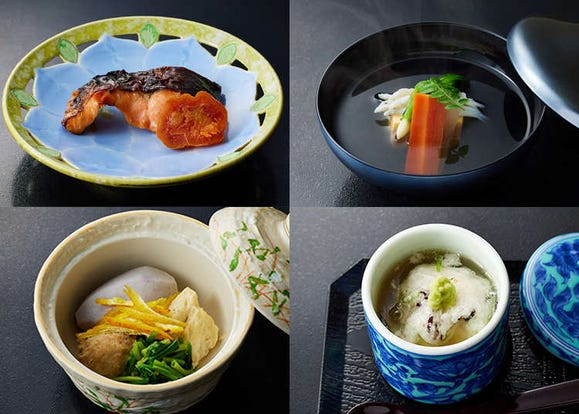
Japan’s Top Chefs Gather! New Cuisine Showcasing the Charms of Fukushima, a Treasure Trove of Produce
-
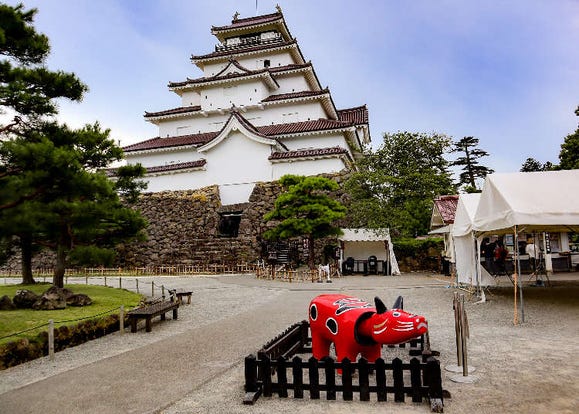
Aizu-Wakamatsu Guide (Fukushima): A Day in the City of Sake and Samurai
-
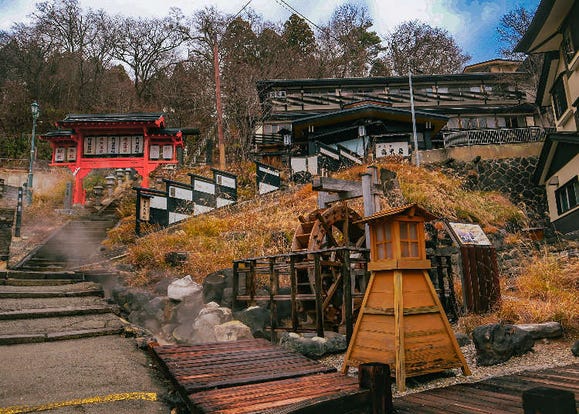
Plan Your Visit to Zao Onsen (Yamagata) - A Comprehensive Guide
-

The Snow Monsters of Zao: Journey Among Yamagata’s Winter Wonders
-
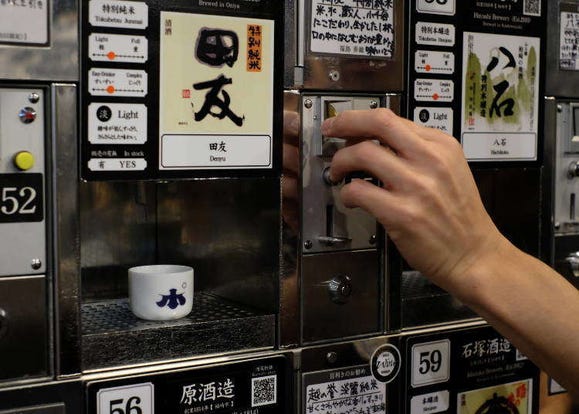
Sake Vending Machine Heaven?! Inside Japan's Insane Ponshukan Sake Museum
-
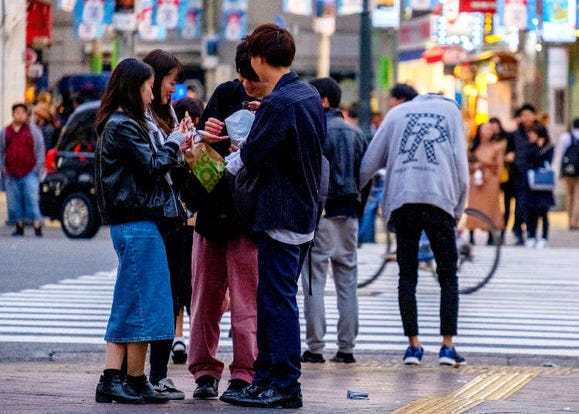
8 Unfamiliar (But Totally Normal) Customs in Japan!
-

Tohoku Expert Recommends: 26 Must-Buy Food Souvenirs in Tohoku for 2024
-
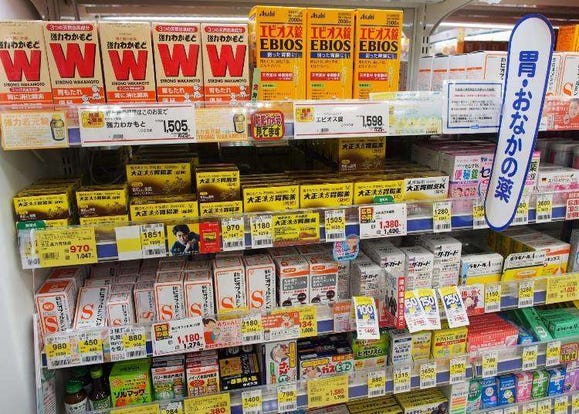
Complete Guide to Buying Japanese Medicine in Japan: Phrases and Vocabulary You Need to Know
-
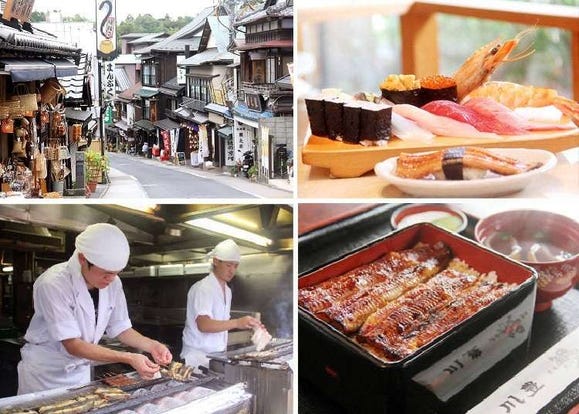
(Video) Walking Tour along Narita Omotesando - Quaint Historical Village near Narita Airport!
-

20 Best Souvenirs From Sendai Station's Incredible Gift Shop!












